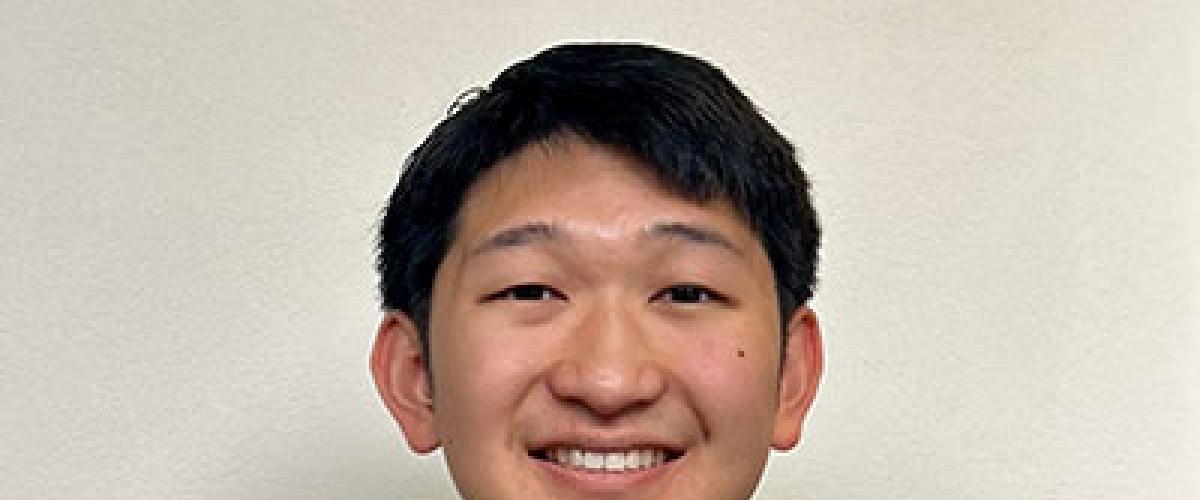
Less pain, same results? Researchers explore drill-free treatments for cavities in older adults
A trip to the dentist isn’t something people usually look forward to.
“Because of all the drilling and injections, it’s not fun,” acknowledged Suchitra Nelson, an associate dean and professor at the Case Western Reserve University School of Dental Medicine.
While discomfort can’t be entirely avoided in all dental procedures, Nelson is leading a new study to advance previous research that found two less-invasive options to treat and prevent cavities were equally effective.
The study focuses on older adults living in subsidized housing with limited access to dental care because of such barriers as dental insurance, transportation and their overall general health—especially mobility.
As with the previous study, the patients will be treated for cavities with two methods that don’t require a dental drill or anesthesia: Silver Diamine Fluoride (SDF) and Atraumatic Restorative Treatment (ART).
SDF, a liquid medication applied to cavities to stop them from progressing, is a quick and painless treatment that kills bacteria and strengthens the tooth’s surface, Nelson said. And ART involves removing decayed tissue with hand instruments and then applying a dental restorative material.
“Long-term evidence for these treatments is lacking,” Nelson said. “This long-term follow-up study can inform the best treatments for patients and providers to prevent and treat tooth decay.”
The study is being supported with a five-year, $5 million grant from the nonprofit Patient-Centered Outcomes Research Institute (PCORI).
Among older adults nationally, nearly 96% have had a cavity, and 33% of non-Hispanic Black, Hispanic and low-income older adults have teeth with decay that has gone untreated because of limited access to affordable dental care, according to according to the Centers for Disease Control’s National Center for Health Statistics.
Untreated tooth decay leads to painful toothaches, infection and tooth loss. But the related health concerns are much broader: Major dental issues can make heart and lung disease and diabetes worse.
In Nelson’s previous PCORI-funded study, 568 participants received either SDF or ART to prevent cavities. Participants received dental exams, treatments for cavities and completed surveys. The research found that the two treatments were equally effective in preventing cavities.
“We also found that dental hygienists can successfully deliver dental care at the housing facilities where older adults live,” Nelson said.
The new study will follow up with 480 of the patients living in 33 subsidized housing facilities in Northeast Ohio. The follow-up participants will be tracked for three visits over a year and receive the same treatments (SDF or ART) for any new cavities.
While the subject of the studies is older adults, Nelson said less invasive treatments could be used for patients of any age.
“Our stakeholder partners from local, state and national organizations have enthusiastically indicated that they would use the results of our work to make changes that improve access and clinical care, improve Medicaid policies for reimbursement and make the study’s results widely available,” she said.




